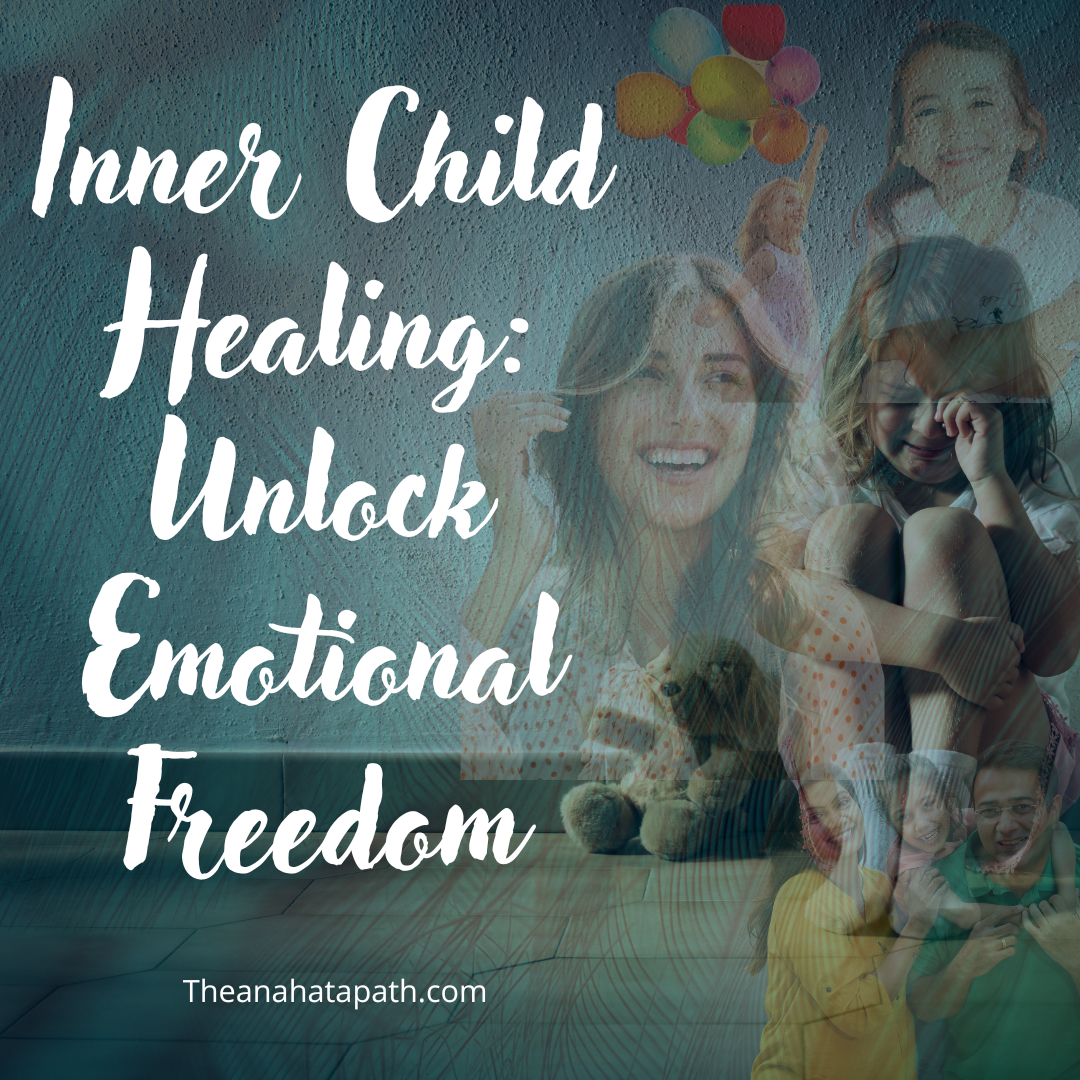A healing journey is a deeply personal and transformative process that involves addressing and healing physical, emotional, and spiritual wounds. This journey requires self-reflection, patience, and a commitment to personal growth and well-being. By understanding and embracing your healing journey, you can achieve greater wholeness, balance, and fulfillment in life.
What is a Healing Journey?
A healing journey is a deeply personal and often transformative process that involves seeking physical, emotional, mental, and spiritual well-being. Here’s a comprehensive breakdown:
1. Self-Discovery:
- Introspection: Exploring one’s inner self to understand emotions, thoughts, and behaviors.
- Awareness: Being conscious of one’s mental and emotional states.
- Self-reflection: Regularly examining one’s experiences and their impact.
2. Emotional Healing:
- Trauma Recovery: Addressing and working through past traumatic experiences.
- Emotional Release: Letting go of suppressed emotions and pain.
- Acceptance: Coming to terms with past events and finding peace.
3. Physical Healing:
- Wellness Practices: Engaging in activities like yoga, meditation, and exercise.
- Nutrition: Maintaining a balanced diet to support overall health.
- Restorative Sleep: Ensuring adequate rest for body recovery.
4. Mental Health:
- Therapy: Seeking professional help, such as cognitive-behavioral therapy (CBT) or other therapeutic approaches.
- Mindfulness: Practicing mindfulness to stay present and reduce stress.
- Resilience: Building the ability to bounce back from setbacks.
5. Spiritual Growth:
- Connection: Finding a deeper connection with oneself, others, or a higher power.
- Purpose: Discovering or reaffirming one’s life purpose and meaning.
- Mind-Body-Spirit: Integrating practices that address the interconnectedness of mind, body, and spirit.
6. Community and Support:
- Support Groups: Joining groups that provide encouragement and shared experiences.
- Mentors: Learning from those who have undergone similar healing journeys.
- Relationships: Fostering healthy and supportive relationships.
7. Continued Growth:
- Learning: Continuously seeking new knowledge and perspectives.
- Personal Development: Engaging in activities that promote self-improvement.
- Adaptability: Being open to change and new experiences.
What Are Some Practical Tools For Starting A Healing Journey?
Healing journey involves integrating practical tools that address various aspects of well-being. Here are some effective tools to get you started:
1. Journaling:
- Gratitude Journal: Write down things you’re grateful for to focus on positive aspects of life.
- Reflective Journal: Document thoughts, emotions, and experiences to gain insights and clarity.
2. Mindfulness and Meditation:
- Breath Awareness: Focus on your breath to calm the mind and reduce stress.
- Guided Meditations: Use apps or recordings for relaxation and mindfulness exercises.
- Body Scan: Check in with different parts of your body to release tension and promote relaxation.
3. Physical Activities:
- Yoga: Combine physical postures, breathing exercises, and meditation for well-being.
- Walking: Regular walks to clear your mind and boost your mood.
- Exercise Routine: Create a consistent exercise schedule with activities you enjoy.
4. Therapeutic Techniques:
- Cognitive-Behavioral Therapy (CBT): Work with a therapist to change negative thought patterns and behaviors.
- Mindfulness-Based Stress Reduction (MBSR): Practice mindfulness to manage stress and improve well-being.
- Access Consciousness: Explore tools and techniques to release limiting beliefs and foster growth.
5. Emotional Release:
- Breathwork: Use specific breathing techniques to release stored emotions and promote healing.
- Inner Child Work: Connect with and heal the wounded parts of your inner child.
- Emotional Freedom Techniques (EFT): Tap on specific points on the body to release emotional blockages.
6. Creative Expression:
- Art Therapy: Use art to express and process emotions.
- Music Therapy: Listen to or create music to promote emotional and mental well-being.
- Writing: Write stories, poetry, or letters to process feelings and experiences.
7. Social Support:
- Support Groups: Join groups to share experiences and receive encouragement.
- Therapists and Coaches: Seek professional guidance and support.
- Healthy Relationships: Build and maintain positive and supportive relationships.
8. Self-Care:
- Balanced Diet: Eat nutritious foods that support physical and mental health.
- Restorative Sleep: Ensure adequate sleep for recovery and rejuvenation.
- Relaxation Practices: Engage in activities like reading, taking baths, or enjoying nature.
9. Spiritual Practices:
- Prayer or Meditation: Connect with a higher power or inner self.
- Rituals and Ceremonies: Create personal rituals that bring meaning and comfort.
- Nature Connection: Spend time in nature to foster peace and grounding.
10. Learning and Growth:
- Workshops and Courses: Attend seminars or online courses on personal development and healing.
- Books and Podcasts: Read or listen to materials that inspire and educate.
- Mentorship: Learn from individuals who have successfully navigated their healing journeys.
Benefits Of Healing Journey
Healing journey offers a multitude of benefits that can positively impact various aspects of your life. Here are some key benefits:
1. Improved Emotional Well-being:
- Emotional Release: Letting go of suppressed emotions and traumas for emotional freedom and relief.
- Increased Resilience: Building the ability to cope with challenges and bounce back from setbacks.
- Enhanced Self-Esteem: Understanding oneself better to boost confidence and self-worth.
2. Enhanced Physical Health:
- Reduced Stress: Practicing relaxation techniques to lower stress levels for better health.
- Improved Sleep: Addressing emotional and mental issues to enhance sleep quality and duration.
- Holistic Well-being: Integrating physical activities, nutrition, and self-care for a healthier lifestyle.
3. Mental Clarity and Focus:
- Mindfulness and Presence: Practicing mindfulness to improve concentration and mental clarity.
- Positive Thinking: Replacing negative thought patterns with positive ones for an optimistic outlook.
- Goal Setting: Gaining clarity on personal goals and aspirations for direction and purpose.
4. Strengthened Relationships:
- Better Communication: Learning to express emotions and needs for improved relationships.
- Empathy and Understanding: Enhancing empathy through deeper self-understanding.
- Healthy Boundaries: Establishing and maintaining boundaries for fulfilling relationships.
5. Personal Growth and Self-Discovery:
- Self-Awareness: Gaining insights into emotions, behaviors, and patterns for personal growth.
- Inner Peace: Finding acceptance and peace within oneself for inner calm.
- Purpose and Meaning: Discovering or reaffirming life purpose for direction and fulfillment.
6. Spiritual Development:
- Connection to Self: Deepening the connection with oneself for spiritual growth.
- Mind-Body-Spirit Harmony: Integrating practices to address interconnectedness of mind, body, and spirit.
- Sense of Belonging: Finding belonging and connection with a higher power or community for support.
7. Enhanced Creativity and Expression:
- Creative Outlets: Engaging in creative activities like art, music, or writing for emotional expression and healing.
- Innovative Thinking: Exploring new perspectives to stimulate creativity and innovation.
- Personal Fulfillment: Finding joy and fulfillment in creative pursuits for overall happiness.
Conclusion
Embarking on a healing journey is a deeply personal and transformative experience that involves healing your physical, emotional, and spiritual wounds. This journey demands patience, self-reflection, and a committed effort toward personal growth and well-being. By embracing this process, you can achieve greater wholeness, balance, and fulfillment in life, leading to a more enriched and harmonious existence.
Whether you are seeking personal healing or looking to cultivate a more compassionate, heart-led approach in your organization, The Anahata Path is an invitation to awaken the heart, release the past, and step into a life—and a world—guided by love and wisdom.



